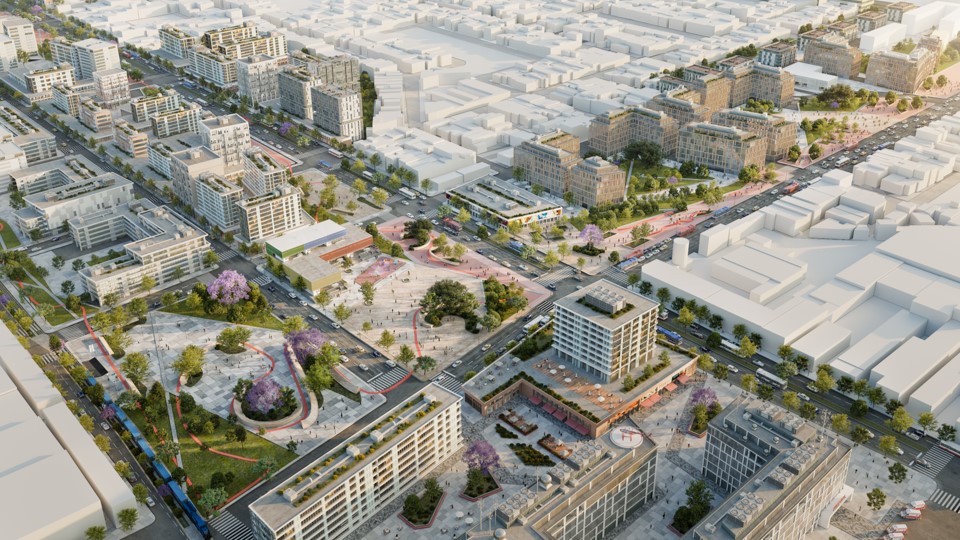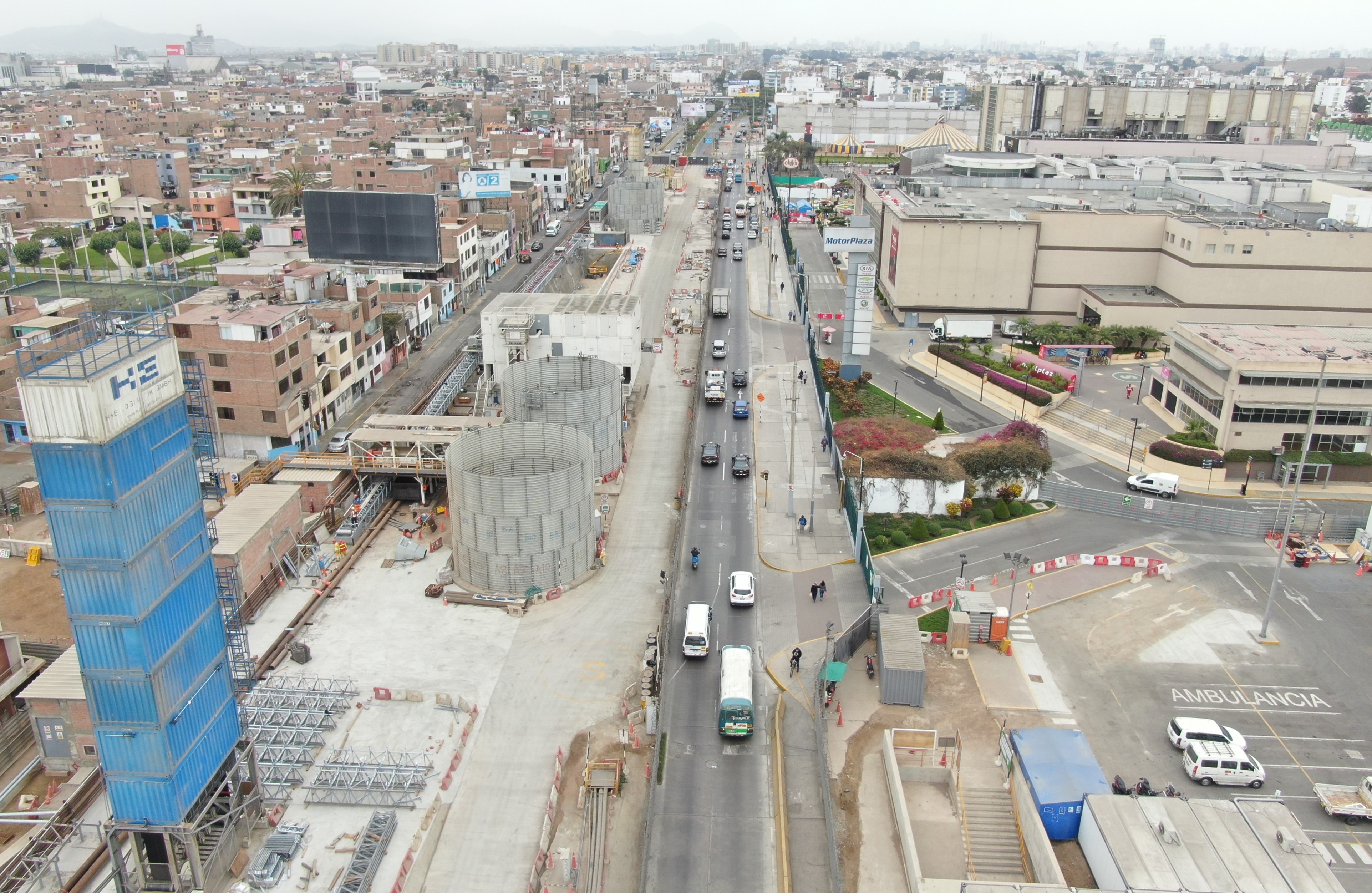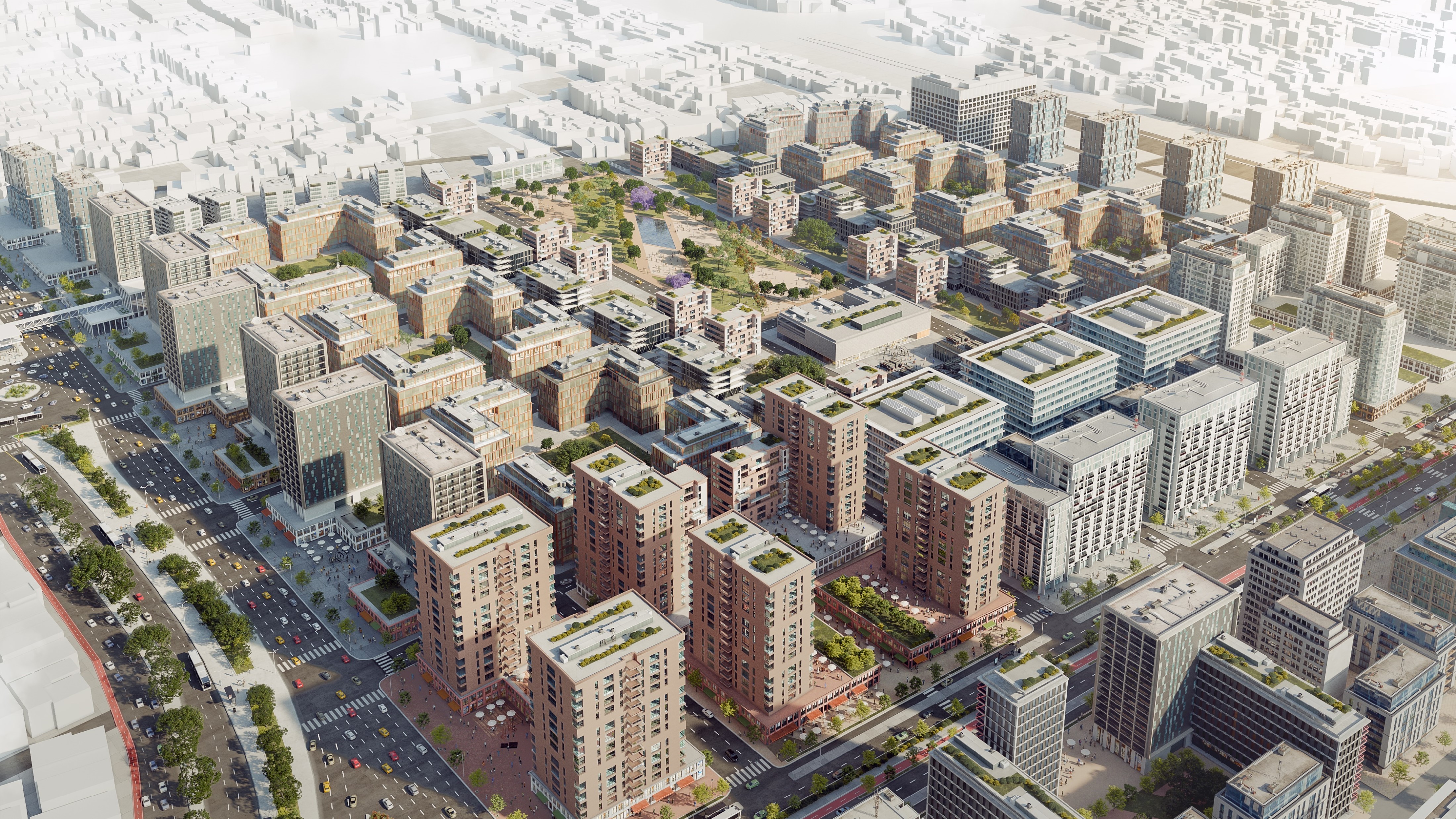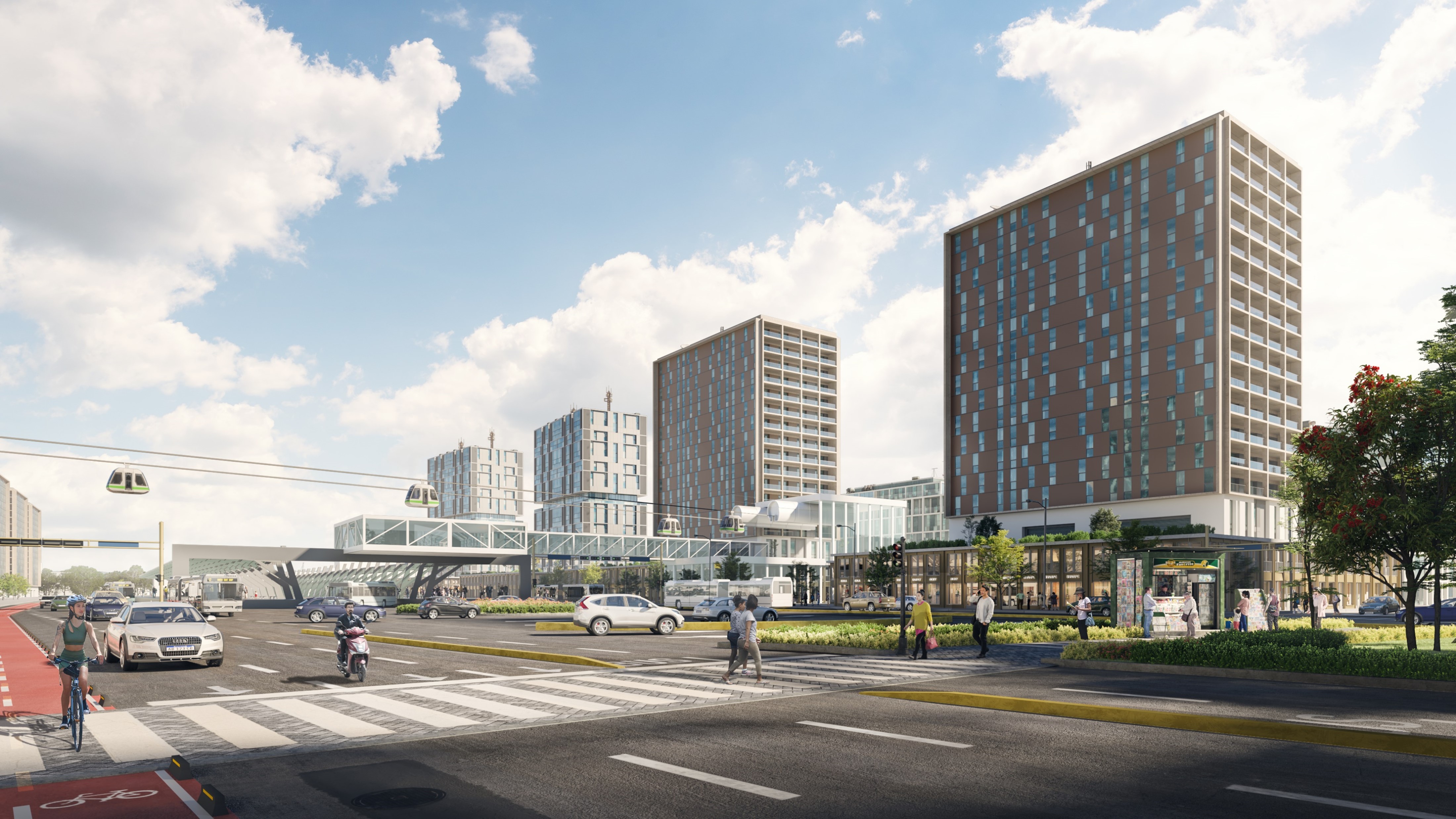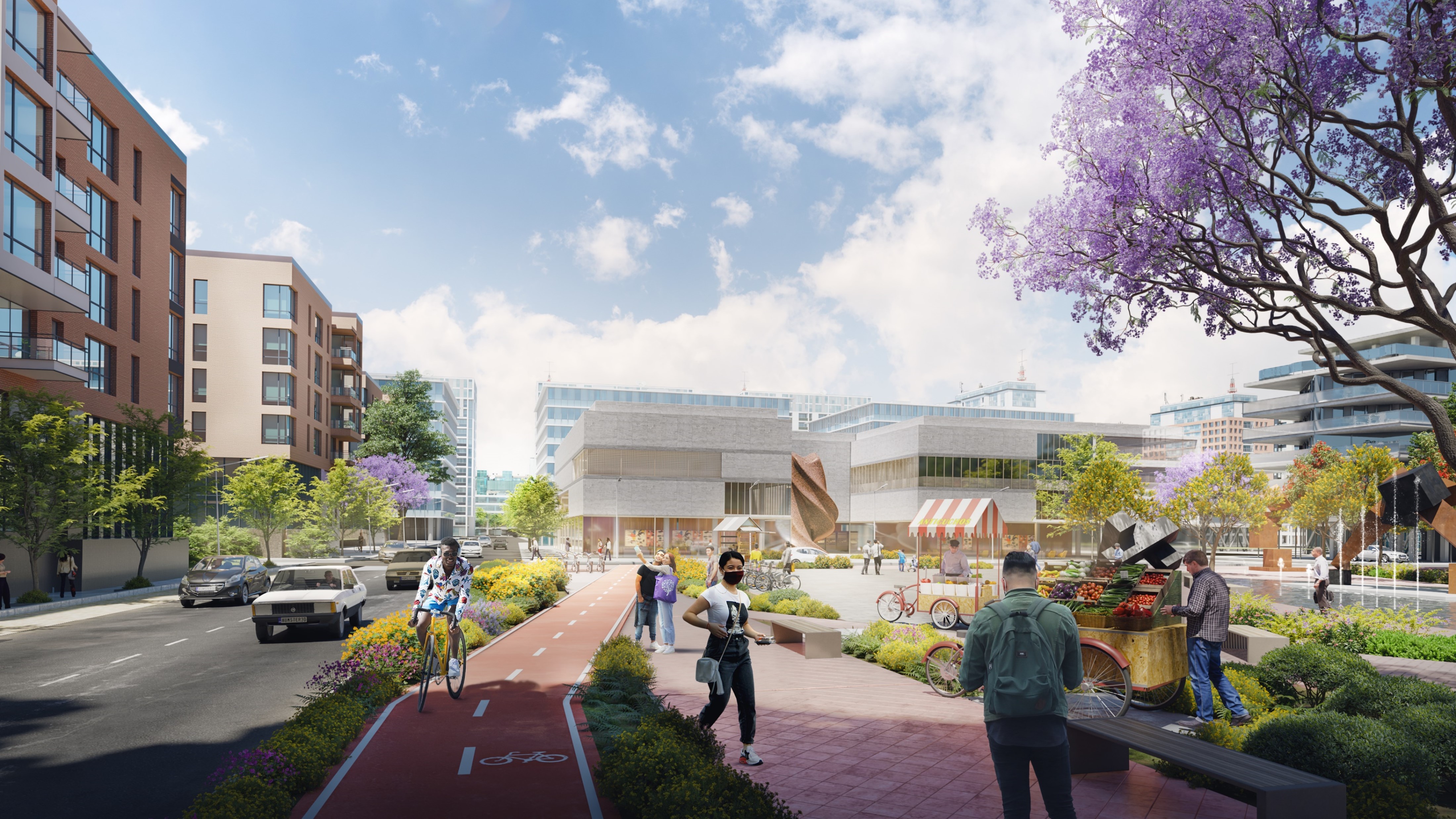Guidelines for transportation in the Lima-Callao metropolitan area
Peru
The Government of Peru received a grant from the Global Environment Facility (GEF) to implement the project “Support to the National Platform for Sustainable Cities and Climate Change in Lima, Peru”. This project consists of five components and is being implemented through a non-reimbursable technical cooperation agreement with the Inter-American Development Bank (IDB) as administrator and the World Wildlife Fund (WWF) as executing agency.
Specifically, the project includes Component 4, entitled “Strategic and Eco-efficient Investments in the Metropolitan Area of Lima (AML)”. This component focuses on Transit-Oriented Development (TOD) in four stations of the Integrated Transport System (SIT) of Lima and Callao. It is recognized that the challenges of large cities such as Lima require new approaches that include changes in governance, technology, urban processes and management, such as TOD.
The territorial strategy of TOD, based on urban projects, links urban development and land use with mobility systems (mainly public transport), with the aim of building more compact, connected and coordinated cities, oriented towards sustainable transport models that reduce travel time and are more environmentally friendly, reducing greenhouse gas emissions, among other things.
The overall objective of the consultancy is to develop TOD projects for the prioritized stations of Lines 1, 2, 3 and 4 of the Basic Metro and Metropolitan Network (SIT) that provide clear guidelines to guide the urban development of the intervention areas, promote compact urban forms, concentrate demand, generate new revenues for the public treasury (e.g. property taxes), provide opportunities to capture land value, and generate a significant improvement of the areas around the stations, facilitating their intermodal accessibility.
The results of the work are the following documents:
- Diagnosis: it is composed of a first part of analysis of the whole SIT, applying the 3V methodology of the World Bank, in order to select the stations on which to apply the TOD strategies. The second part corresponds to the analysis and diagnosis of the areas of influence of the selected stations: Naranjal, Rivera Navarrete, Gamarra and Carmen de la Legua.
- Vision: consists of the definition of the expected vision for the area of influence of the selected stations, based on a participatory process.
- TOD Opportunities: This document includes a study of the real estate market in the metropolitan area and the areas of influence of the stations. It also analyzes the tools available in Peruvian regulations and compares them with other tools used in other countries to capture capital gains. It also analyzes the land opportunities identified in the vicinity of the stations.
- Strategy and Master Plan: The TOD strategy is developed in a master plan (including uses, volumes, mobility and connectivity strategies). It also includes the definition of specific plans, such as urban design tools for TOD implementation.
- Management Model: A proposed management model for the implementation of the TOD proposals is developed. The different actors and tools for land management, financing and definition of applicable business models are considered.
- Project Profiles: a project profile will be prepared (according to the guidelines of the Peruvian Multiannual Investment Program) for the public spaces around the stations.
- TOD handbook: it is a document that gathers lessons learned in the form of recommendations and criteria applicable to other TOD stations, so that they can be taken into account in similar processes.
City & Territory : Urban renewal & smart growth
CLIENT:
Inter-American Development Bank (IDB)
World Wildlife Fund (WWF)








